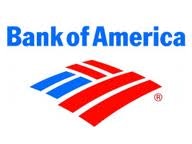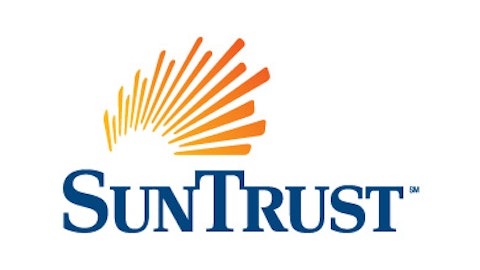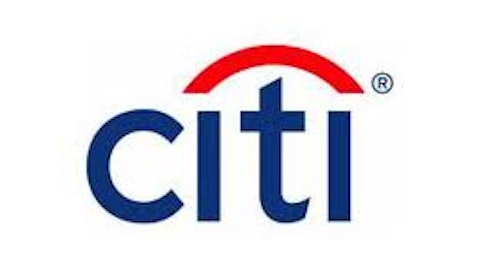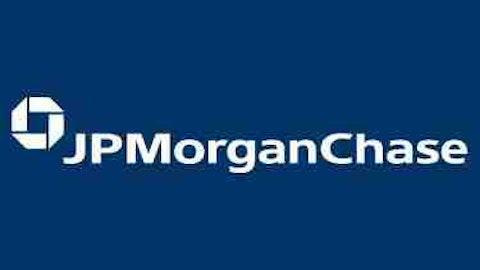The six largest banks have disclosed their performance of the second quarter of the current year. While the performances, with regard to their headline, remained better-than-expected for all the banks, this article will feature major trends seen in the latest financial disclosures and attempt to see how the changing macroeconomic environment will create opportunities or headwinds for the US large cap banks.

Revenue environment remained challenging
While the headlines (top and bottom line) remained above expectation for most of the large cap banks in the US, in reality banking performances remained mixed with varying degrees of quality. The revenue environment remained challenging, although some banks were able to post an increase in their fee based incomes. JPMorgan Chase & Co. (NYSE:JPM) reported 30% increase in its fee based income over the prior year. Bank of America Corp (NYSE:BAC) reported a 2% decline, while Citigroup Inc (NYSE:C) posted a 6% increase over the same time period.
Further, improvements in capital markets supported Bank of America Corp (NYSE:BAC), JPMorgan Chase & Co. (NYSE:JPM) and Citigroup Inc (NYSE:C)’s performances over the prior year. These three largest banks also posted the largest pre-tax pre-provision growth over the prior year driven largely by better trading and investment banking fees.
Generally, mortgage banking results at the aforementioned banks was mixed with modest declines in originations and flattish gain on sale margins. Net interest income remained under pressure as loan growth slowed due to climbing interest rates.
While the banks have been focusing on controlling costs, declining expenses was not the story this quarter. However, I believe effective cost control will be a key differentiator of profitability in the coming quarters.
Credit costs
Lower credit costs were among the most dominant trends visible during the recent financial disclosures. Declines in net charge-offs were fairly broad-based driven by improvement in home equity, residential mortgage and commercial real estate loans. Provision expense declined 31% over the linked quarter.
Capital positions
This time around, most of the banks disclosed their supplementary leverage ratios. As of June 30, Wells Fargo’s capital ratio exceeded the 5% minimum, while Bank of America Corp (NYSE:BAC) and Citigroup Inc (NYSE:C) were at 4.9%. In the meantime, JPMorgan Chase & Co. (NYSE:JPM) reported a ratio of 4.7% with compliance expected until year-end 2015.
Book values
Given the increase in interest rates, most of the banks saw a negative impact on their accumulated other comprehensive income. Despite that decline, book values remained flat relative to their linked quarter. Citigroup Inc (NYSE:C) reported a 1.6% decline in its book value over the linked quarter, while Bank of America Corp (NYSE:BAC) reported a flat book value. JPMorgan Chase & Co. (NYSE:JPM) reported 1% increase in its book value over the same time period.




